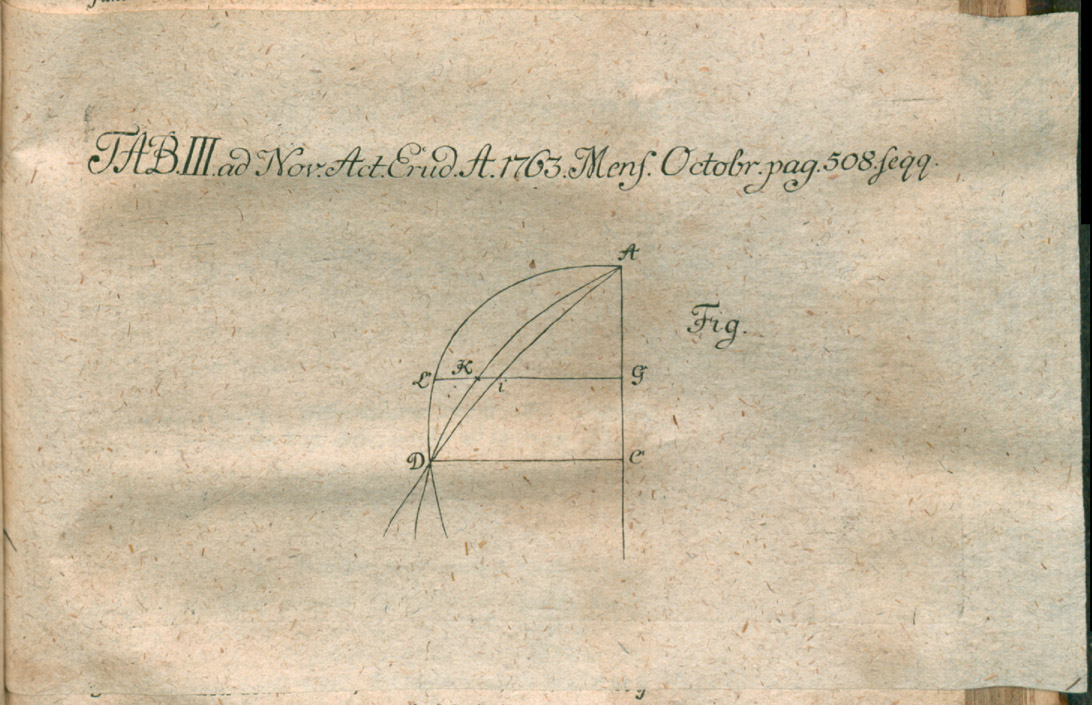Johann Nicolaus Tetens on:
[Wikipedia]
[Google]
[Amazon]
 Johannes Nikolaus Tetens (also Johann; da, Johan Nicolai Tetens; 16 September 1736 – 17 August 1807) was a Germany, German-Denmark, Danish philosopher, statistician and scientist.
He has been called the "German Locke," on the basis of a comparison of his major work ''Philosophische Versuche über die menschliche Natur und ihre Entwickelung'' (1777) with the work of John Locke. He is considered to have been an influence on Immanuel Kant.
Johannes Nikolaus Tetens (also Johann; da, Johan Nicolai Tetens; 16 September 1736 – 17 August 1807) was a Germany, German-Denmark, Danish philosopher, statistician and scientist.
He has been called the "German Locke," on the basis of a comparison of his major work ''Philosophische Versuche über die menschliche Natur und ihre Entwickelung'' (1777) with the work of John Locke. He is considered to have been an influence on Immanuel Kant.
Vol. 1
an
Vol. 2
(1777) * ''Einleitung zur Berechnung der Leibrenten und Anwartschaften die vom Leben oder Tode einer oder mehrerer Personen abhangen mit Tabellen zum praktischen Gebrauch''
Vol. 1
(1785) an
Vol. 2
(1786) * ''Reisen in die Marschländer der Nordsee'' (1788) * ''Sprachphilosophische Versuche'' (posthum, 1971)
at University of St Andrews
Biography in the Encyclopædia Britannica
{{DEFAULTSORT:Tetens, Johannes Nikolaus 1736 births 1807 deaths German philosophers Danish philosophers People from the Duchy of Schleswig German male writers
 Johannes Nikolaus Tetens (also Johann; da, Johan Nicolai Tetens; 16 September 1736 – 17 August 1807) was a Germany, German-Denmark, Danish philosopher, statistician and scientist.
He has been called the "German Locke," on the basis of a comparison of his major work ''Philosophische Versuche über die menschliche Natur und ihre Entwickelung'' (1777) with the work of John Locke. He is considered to have been an influence on Immanuel Kant.
Johannes Nikolaus Tetens (also Johann; da, Johan Nicolai Tetens; 16 September 1736 – 17 August 1807) was a Germany, German-Denmark, Danish philosopher, statistician and scientist.
He has been called the "German Locke," on the basis of a comparison of his major work ''Philosophische Versuche über die menschliche Natur und ihre Entwickelung'' (1777) with the work of John Locke. He is considered to have been an influence on Immanuel Kant.
Biography
Tetens was born 1736 in Tetenbüll, Tetenbüll/Tetenbøl in the Danish Duchy of Schleswig. He studied mathematics and physics at the University of Rostock and the University of Copenhagen. He acquired an MA in 1759 and his PhD in 1760. From 1760 to 1765, he taught philosophy and physics ("natural philosophy" at that time) at the (in Bützow, Mecklenburg-Western Pomerania). During this decade, he wrote many treatises on various subjects, ranging from the color of the sky to the existence of God through the origins of languages (see e. g. references in Johann Christian Poggendorff, 1863). After this polygraphic formation period, Tetens goes back to more fundamental enquiries: after having read David Hume's work, he popularized it throughout the German-speaking world. Tetens is therefore supposed to have introduced Immanuel Kant to Phenomenalism, phenomenalistic thought and to the empiricism / transcendence (philosophy), transcendence dualism. In 1776, Tetens became Professor of Philosophy at the University of Kiel. Nonetheless, in the years following 1789, Tetens began another career as a high-ranking Danish civil servant: member of the ''Finanzcollegium'' in Copenhagen, then (1791) counselor of state, and (1803) co-director of the state bank and director of the widow pension funds. By this time, he was interested in pure mathematics as well as in applications. His interest in polynomial algebra was influenced by his belonging to the German combinatorial school of Carl Friederich Hindenburg, Christian Kramp and others. His main applied work was concentrated on actuarial mathematics. He taught at Kiel until 1785. The book ''Einleitung zur Berechnung der Leibrenten und Anwartschaften'', published in Leipzig in 1785 (first part) and 1786 (second part) was a landmark of actuarial science. It contains an extensive synthesis of previous work on the subject, from Edmond Halley, Halley's mortality table to Richard Price's ''Observations on reversionary payments''. It is recognized by actuaries for featuring the first risk measure ever (the ''Risico der Casse''); moreover it offers some insights in mathematical statistics: by using an approximation of the binomial distribution, Tetens tried to compute the confidence level of a given sampling procedure.Pierre-Charles Pradier, "L'actuariat au siècle des Lumières: risque et décisions économiques et statistiques", ''Revue économique'' 54 (2003): 139–156.Works
* ''Gedanken von einigen Ursachen, warum in der Metaphysik nur wenige ausgemachte Wahrheiten sind'' (1760) * ''Abhandlungen von den Beweisen des Daseins Gottes'' (1761) * ''Ueber den Ursprung der Sprache und der Schrift'' (1772) * ''Ueber die allgemeine speculativische Philosophie'' (1775) * ''Philosophische Versuche über die menschliche Natur und ihre Entwickelung''Vol. 1
an
Vol. 2
(1777) * ''Einleitung zur Berechnung der Leibrenten und Anwartschaften die vom Leben oder Tode einer oder mehrerer Personen abhangen mit Tabellen zum praktischen Gebrauch''
Vol. 1
(1785) an
Vol. 2
(1786) * ''Reisen in die Marschländer der Nordsee'' (1788) * ''Sprachphilosophische Versuche'' (posthum, 1971)
References
External links
at University of St Andrews
Biography in the Encyclopædia Britannica
{{DEFAULTSORT:Tetens, Johannes Nikolaus 1736 births 1807 deaths German philosophers Danish philosophers People from the Duchy of Schleswig German male writers